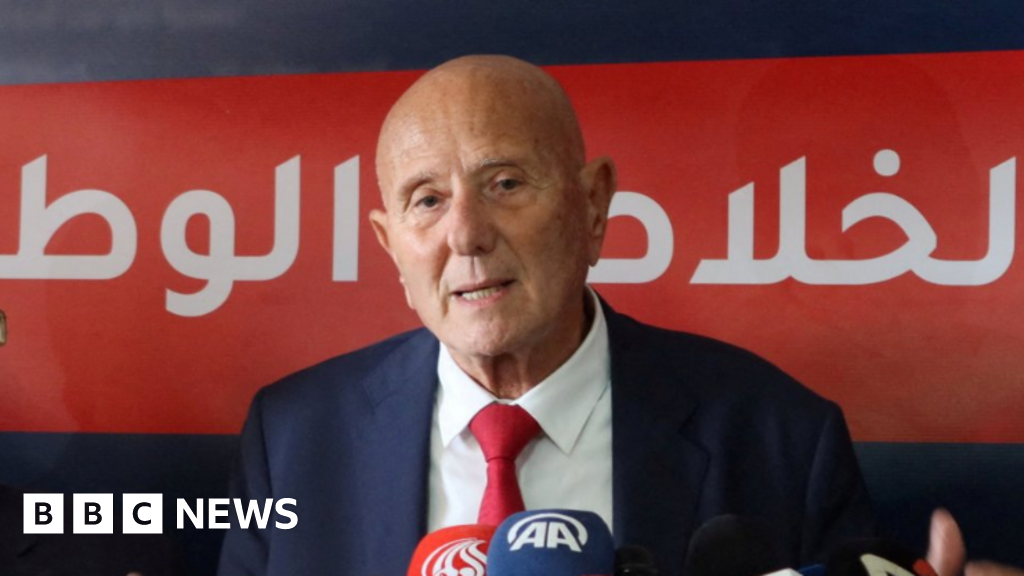US Army Deploys Patriot Missile System in Response to Middle East Tensions
The United States Army has successfully transported over 70 cargo loads of vital military equipment, marking a significant logistical operation aimed at enhancing air defense capabilities in the Middle East. This operation involved relocating a complete Patriot air defense battalion from the Pacific region to the Middle East, a move that reflects the growing military presence in this strategically important area, particularly in light of escalating tensions with Iran and the Houthi rebels in Yemen.
During a recent session of the Senate Armed Services Committee, Admiral Sam Paparo, the commander of the U.S. Indo-Pacific Command, provided details regarding the military's current operational capabilities. He highlighted a critical area of concern: cargo lift capacity. "For instance," Admiral Paparo noted, "just having moved a Patriot battalion into the CENTCOM Area of Responsibility (AOR), it took 73 C-17 loads to move that battalion." The U.S. Central Command oversees military operations in the Middle East, emphasizing the importance of effective logistics in responding to regional threats.
The Boeing C-17 Globemaster III, a key asset in this operation, is known for its substantial cargo capacity, able to transport approximately 170,000 pounds of equipment and personnel, with a maximum takeoff weight of about 585,000 pounds. The U.S. military operates over 200 of these aircraft, which play a critical role in rapid deployment scenarios.
The MIM-104 Patriot missile system, which has been operational since the 1980s, is considered to be one of the most sophisticated air defense systems in use by the U.S. military today. Currently, the U.S. possesses 15 battalions of this system, which have been repeatedly deployed to the Middle East in response to various threats. Each battalion consists of four batteries, which include essential components such as radar, control stations, and missile launchers capable of firing multiple interceptor missiles.
Although Admiral Paparo did not delve into specific details regarding the recent deployment of the Patriot system, discussions in other congressional hearings indicated that these defensive assets were sourced from the Korean Peninsula. The exact location of the Patriot battalion's deployment in the Middle East remains undisclosed, but it comes at a time of renewed military activity in the region.
Amidst ongoing conflicts, Israel has intensified its military operations against Hamas in Gaza, while U.S. forces have conducted airstrikes against Houthi targets in Yemen for over three weeks. These actions aim to deter Houthi attacks in the Red Sea and restore stability in the region.
Further complicating the geopolitical landscape, the Biden administration is pressuring Iran to negotiate a new nuclear agreement, warning of potential military action should diplomatic efforts fail. The U.S. military's readiness is underscored by recent announcements, including the extension of the USS Harry S. Truman aircraft carrier's deployment in the Middle East and the introduction of another strike group to the area.
Defense Secretary Pete Hegseth has also ordered additional aircraft to bolster the Central Command area, enhancing the military's air support capabilities. This includes the deployment of advanced B-2 stealth bombers and A-10 Thunderbolt attack aircraft, alongside fighter jets associated with the USS Carl Vinson, which has recently arrived in the region.
As tensions rise, the U.S. military, in conjunction with its international partners, remains vigilant and prepared to respond to any state or non-state actor seeking to escalate conflicts in the area. Pentagon spokesperson Sean Parnell reiterated this commitment earlier this month, emphasizing the military's readiness to address ongoing threats and maintain stability in the volatile Middle East.



























